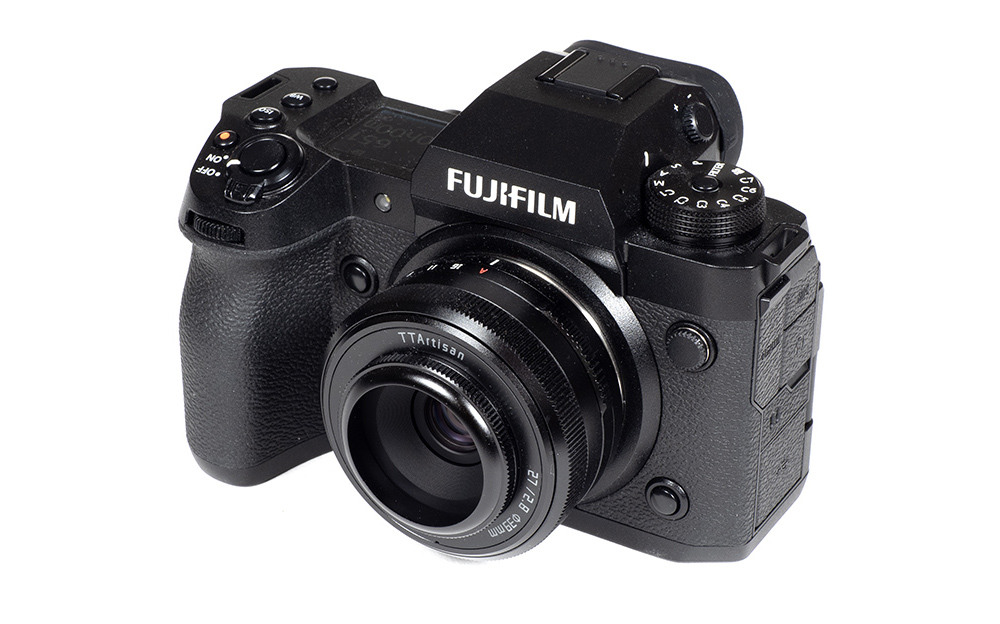Table of Contents
Introduction
TTArtisan may not yet be a household name among most photographers. However, they have released some ambitious designs in the past, and they are now slowly moving towards offering more mainstream products – and the latter means, first and foremost, lenses with autofocus, camera-controlled aperture and EXIF data. One of them is the TTArtisan AF 27mm f/2.8, available in X-mount (tested here), E-mount and Z-mount. The paper specs aren’t all that hot upon first sight – it’s an APS-C format lens equivalent to “42mm f/4.2”. However, just like its Fujinon XF 27mm f/2.8 WR counterpart, it is tiny, making it an interesting option for street photography. The pancake lens is merely 29mm “long” with a weight of just under 100g. The other, perhaps even more baffling aspect, is the price tag of just 149USD or 159EUR (plus/minus a bit, depending on the mount type and finish style). That’s a third(!) of the Fujifilm lens. You may think that the TTArtisan lens is merely a clone of the Fujinon, but for better or worse, this is not the case. It’s a (somewhat simpler) original TTArtisan design.
You may not expect much, given the low price tag, but the build quality is actually very respectable. The outer lens body is made of metal, and the “by-wire” focus ring operates smoothly. TTArtisan even implemented a dedicated aperture ring with quite a nice click action. Unlike its (current gen) Fujifilm counterpart, it is not weather-sealed though. The inner lens tube also moves during focusing. A tiny dome-shaped lens hood (shown below to the left) is provided.

The TTArtisan AF 27mm f/2.8 uses a stepping motor for auto-focusing – it is reasonably fast and near silent. The focus accuracy is a bit coarse due to the rather big “steps” of the motor. TTArtisan provides a rather unique way to update it. The rear lens cap isn’t just a cap; it is also a dock featuring a USB-C port with contacts connecting to the lens. An interesting approach, but a USB port on the lens would have been simpler (e.g., what happens if you misplace the rear cap?). At the time of this review, firmware updates are only supported via Windows PCs (Yes, I tried it on a Macbook without success – it doesn’t connect).
| Specifications | |
|---|---|
| Equiv. full-format focal length | “41mm” |
| quiv. full-format aperture (DoF) | “f/4.2” |
| Optical construction | 6 Elements in 5 Groups (2x HR) |
| Number of aperture blades | 7 |
| min. focus distance | 0.35m |
| Dimensions | 61x29mm |
| Weight | 94g |
| Filter size | 39mm |
| Hood | dome-shaped (filter mount, supplied) |
| AF motor | Stepping type |
| Other | USB-C interface for firmware upgrades (Windows PCs only) |
| Available Mounts | Fujifilm X, Nikon Z, Sony E |
Distortions
The TTArtisan AF 27mm f/2.8 produces a medium degree (2.5%) of barrel distortion in RAW images, which is acceptable by mirrorless system standards. Auto-correction can handle this without a significant loss of image quality.


Vignetting
Vignetting is clearly a weak aspect of the TTArtisan lens. In RAW images, it exceeds our usual scale for an APS-C lens even at f/5.6 – with a peak of no less than 4.65EV (f-stops) at f/2.8. Thus, activated auto-correction is basically a requirement here. It shaves off 2EV at f/2.8, but this still leaves quite a bit of light falloff in the corners – on top of increased sensor noise due to the signal boost. It’s not much better at f/4. At f/4, the lens is entering more sane vignetting figures, and it’s reasonably well corrected at f/8 – thus very “late”.

MTF (resolution) at 26 megapixels
The TTArtisan AF 27mm f/2.8 produced decent resolution figures in the lab. At f/2.8, the image center reaches very good levels, and the outer image field is “good”. Stopping down to f/4 lifts the borders/corners to very good results. The slightly better peak quality is reached at f/5.6 before diffraction sets in at f/8. Even so, f/11 remains quite decent. f/16 (not shown) should be avoided, as usual.
The focus field is a bit wavy with a mid-field dip. Our tested sample also showed a centering issue on the right image side.
Please note that the MTF results are not directly comparable across the different systems!
Below is a simplified summary of the formal findings. The chart shows line widths per picture height (LW/PH), which can be taken as a measure of sharpness. If you want to know more about the MTF50 figures, you may check out the corresponding Imatest Explanations

Chromatic Aberrations (CAs)
Despite the lack of special elements in the design, lateral CAs are very low and not an issue in real life.

Bokeh
An APS-C format 27mm f/2.8 lens can’t be a bokeh monster. There just isn’t enough shallow depth-of-field unless you get really close. However, let’s still have a look.
Out-of-focus highlights have a clean inner zone – one of the benefits of not using aspherical elements – but there’s some strong outlining at the edges of the discs. Stopping down to f/4 reveals the edgy aperture shape already.

In the above image, you may have spotted that the discs aren’t all circular at f/2.8. When looking at the highlight rendering across the image field, this is becoming more obvious (Note: the lens wasn’t able to focus close enough for our test scene, so we are showing the upper left quadrant below). The highlight in the center is circular, but you can already spot “cat eyes” developing just beyond, and they are quite extreme in the image corners. Stopping down to f/4 restores the near-center highlights, but the corner highlights remain somewhat distorted even at f/5.6.

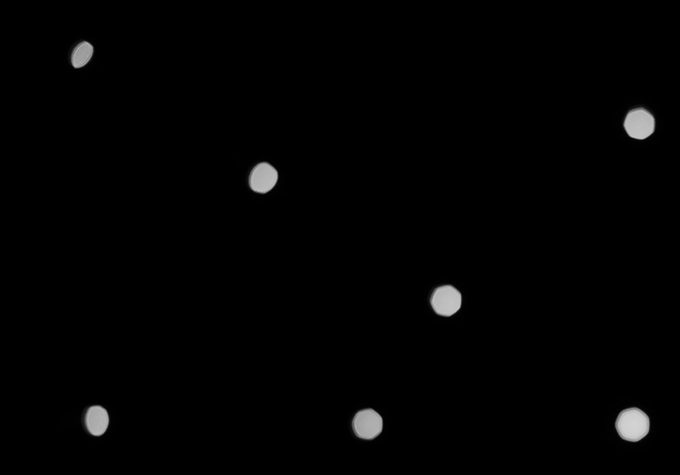
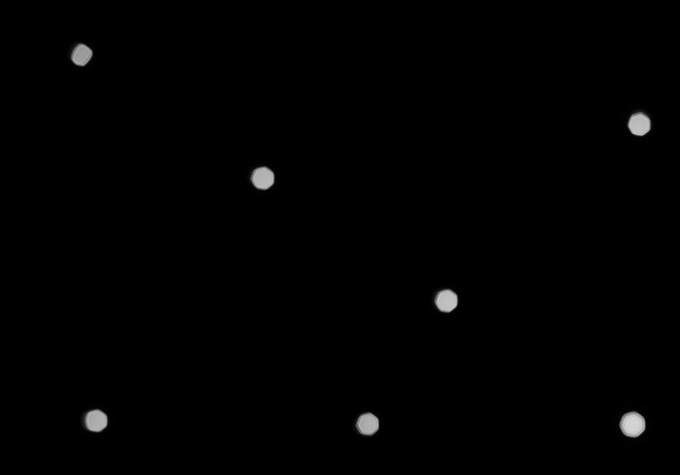
The rendering of the general out-of-focus blur isn’t great. Especially, the foreground is quite rough. The more critical background blur is softer but unsymmetrical and somewhat hazy.

Bokeh Fringing / LoCA
Boheh fringing/LoCA is an axial color fringing effect with purplish halos in front of the focus point and greenish beyond.
The TTArtisan lens produces strong fringing at f/2.8. It is somewhat reduced at f/4 and mostly gone from f/5.6 onward.
You may also notice the substantial focus shift towards the rear when stopping down (called “Residual spherical aberration” or RSA).

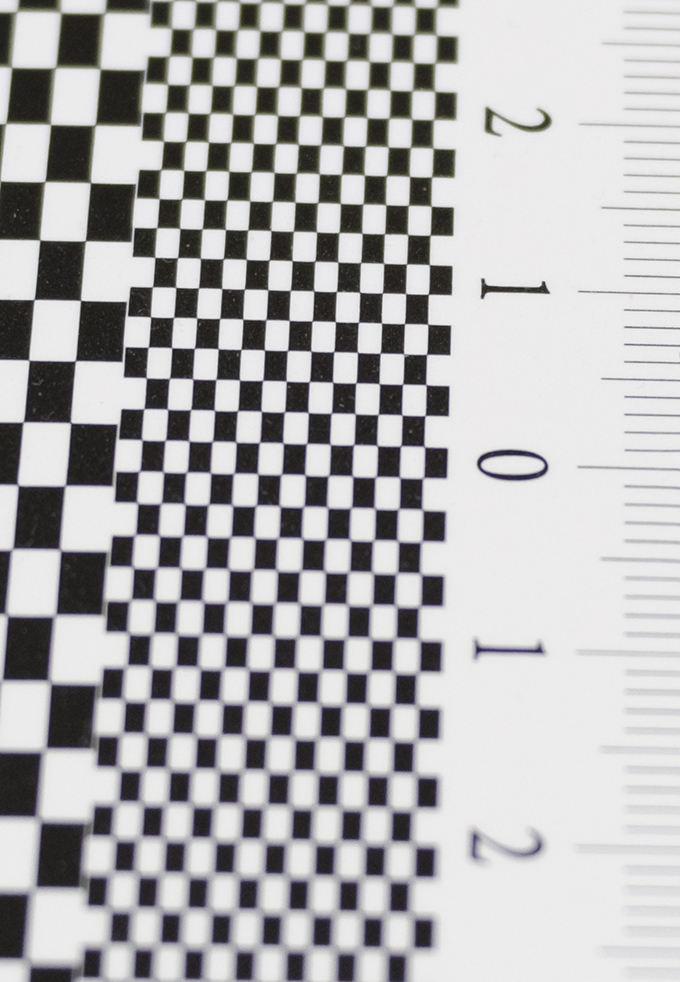

Sun Stars (Experimental)
Below is a sequence of images from f/2.8 all the way up to f/16 – illustrating the Sunstar behavior (using an LED on a dark background). Sun stars are an aperture effect when shooting bright light sources such as street lights, the sun, etc. At large aperture settings up to f/4, there isn’t much going on. The sun stars start to emerge at f/5.6 in a more “fan-like” style. More pleasing pointy rays are produced at f/11 and f/16.
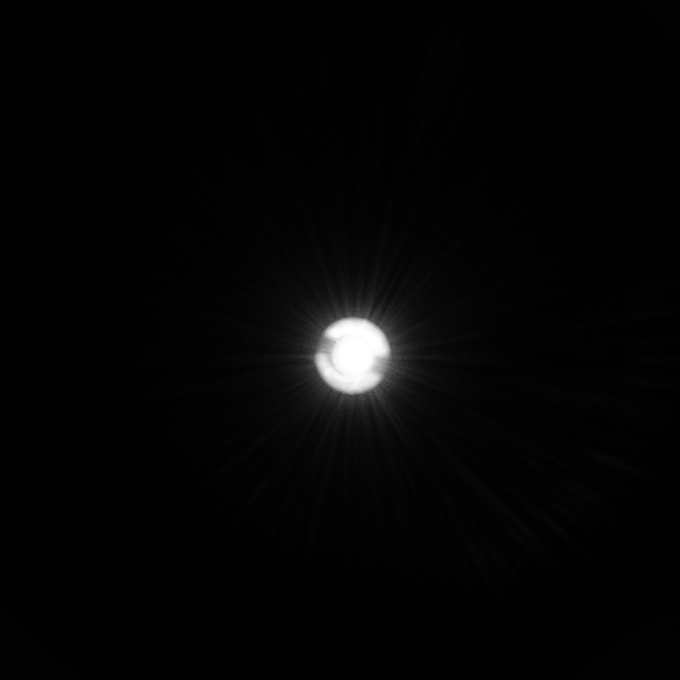

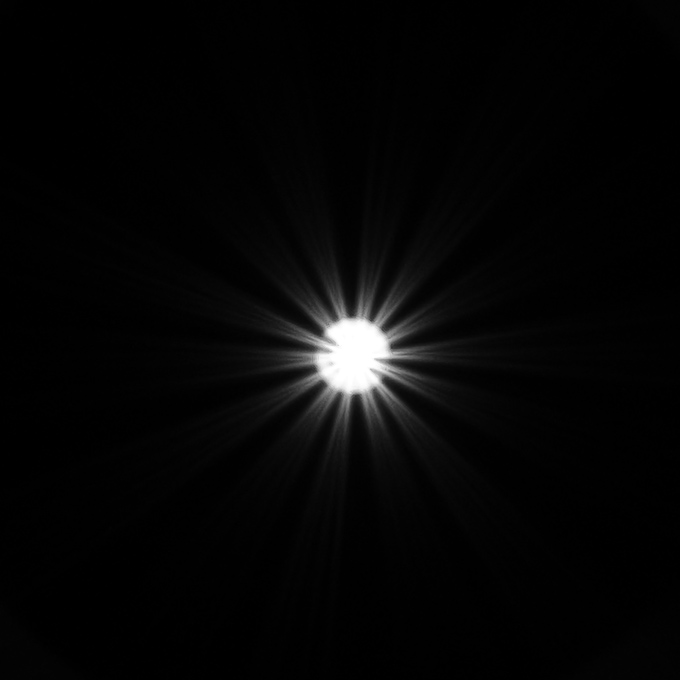
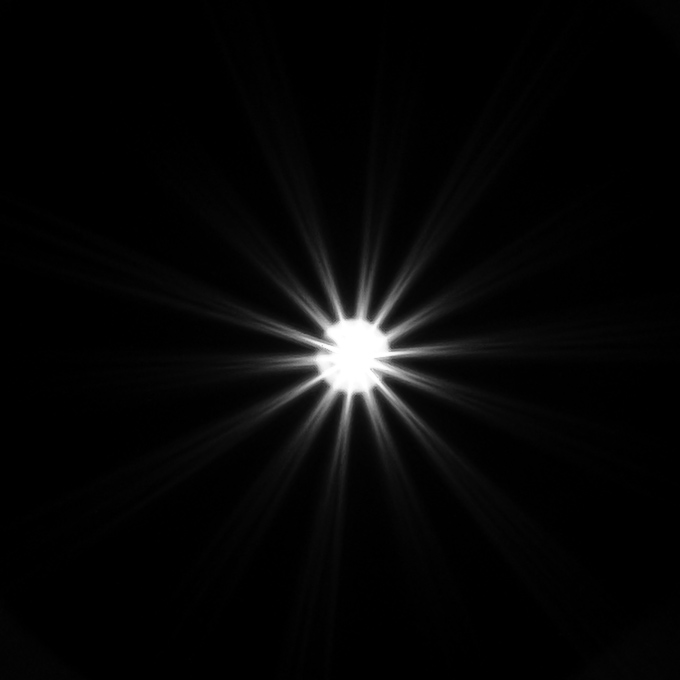
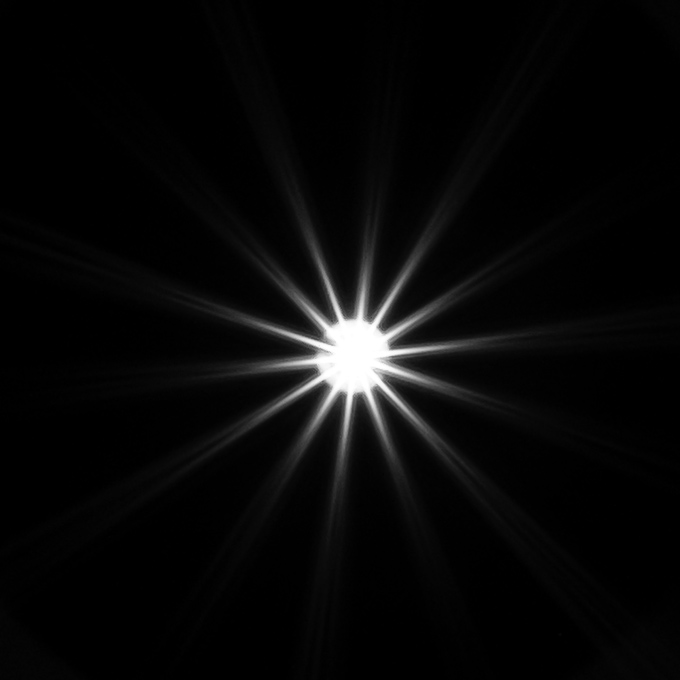
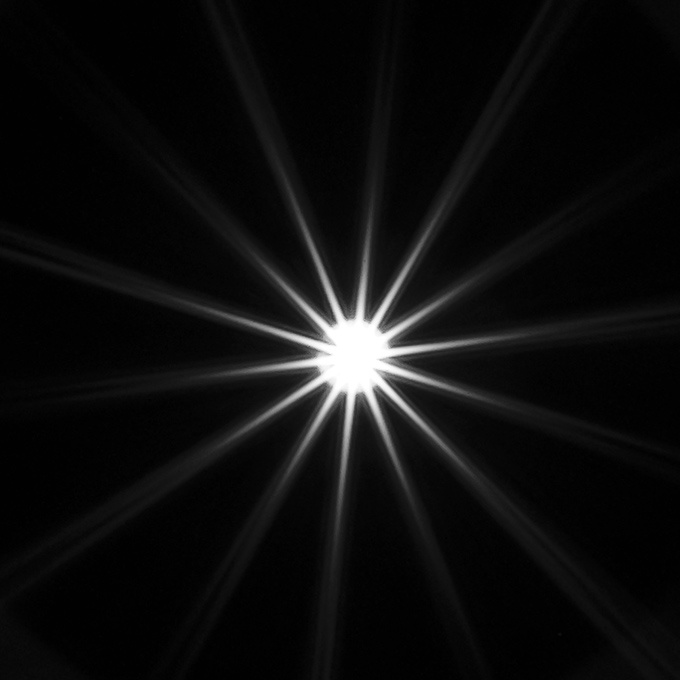
Sample Images
Competition
You may argue that the Fujifilm XF 27mm f/2.8 WR may be a competitor, but at 3x the price of the TTArtisan AF 27mm f/2.8, it is a bit hard to argue. The Fujifilm lens remains a more desirable offering in this comparison. The other lens that comes into mind may be the Viltrox AF 23mm f/1.4 XF. It’s a different beast, of course. It’s wider, MUCH faster and MUCH bigger and still twice the price tag. Still, it’s more versatile and has a more consistent output quality. If you can live with a somewhat longer but similarly priced lens – there’s the Fujinon XC 35mm f/2, which is a simplified version of the XF 35mm f/2 WR. While it may not impress with its plastic body, it is certainly a better-performing lens.
The TTArtisan AF 27mm f/2.8 is a case of the proof-is-in-the-pudding rather than in the lab tests. Formally, the lens produced decent results. Namely, images are pretty good at f/2.8 already, and they can be sharp at optimal settings around f/5.6. Image distortions are reasonably low in RAW images and are gone with auto-correction. Lateral CAs are well-controlled. The vignetting is rather extreme and only bearable with auto-correction from f/5.6 onward. It's a rather slow lens in its focal length class, so shallow depth-of-field photography isn't its strength to start with. However, even when pushed, the bokeh quality is mediocre at best. There's also some bokeh fringing (LoCAs) at large aperture settings. The lens is also prone to focus shifts (RSA), which isn't helpful in some scenarios. Sun stars are quite nicely rendered.
Our sample showed a centering issue. While you may argue that this isn't representative, it should be obvious that quality control costs money, and this is a low-budget lens - thus, expect some significant sample variations.
The mechanical quality of the TTArtisan lens is actually very good. It's a tightly assembled, all-metal body with smooth controls. It doesn't come as a surprise, but there's no weather sealing. The AF speed is quite good, and the stepping motor is pretty quiet. The AF could be more precise, though.It's difficult to come to a final conclusion about the TTArtisan AF 27mm f/2.8. If you can get a good sample, it's a bargain for sure. However, we'd still recommend to consider other options.
-
Optical Quality
-
Build Quality
-
Price / Performance


